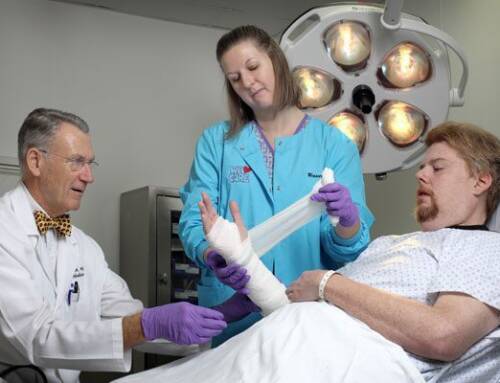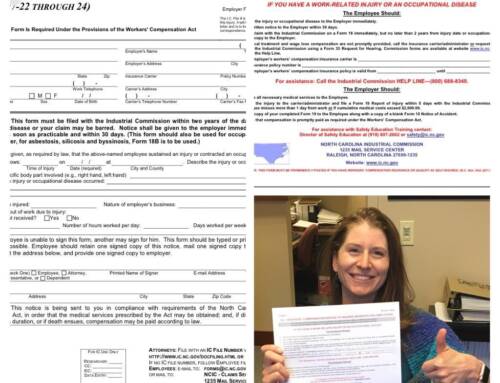Today’s post comes from guest author Tom Domer from The Domer Law Firm.
A headline article noted the following: “Virginia Court: Waiter’s choking on quesadilla did not arise out of employment.” The Virginia Court of Appeals ruled a waiter who was injured while working attempting to swallow a piece of quesadilla too big for his esophagus cannot collect worker’s compensation benefits. The injury caused an esophageal perforation and collapsed lung. The Court, however, found the injury was not as a result of an actual risk of employment. The claimant worked as a host and waiter at a local T.G.I. Friday’s restaurant and part of his work responsibilities was to make food recommendations. T.G.I. Friday’s conducted food tasting demonstration programs to introduce menu items to its staff so the staff could describe the taste to customers and recommend these items. The tastings were provided free to the employees and while the employees were on the clock. T.G.I.Friday’s required attendance but no employee was forced to eat anything they did not want to eat. The Worker’s Comp Commission found that since the worker was not required to taste anything, the injury did not arise out of an actual risk of his employment.
A causal connection must exist between employment and the risk of harm, demonstrating it would be more probable that the injury would not have occurred under normal circumstances of every day life outside the employment situation.
The Wisconsin Worker’s Compensation Division and courts would likely have come to a different result. The very first case I ever tried in the 1970s concerned a firefighter who broke a tooth on a cherry pit while eating dinner at the fire house. To be compensable in Wisconsin, the accident or disease causing an injury must arise out of the employee’s employment. While the “course of employment” deals with the time, space, and intent, “arising out of employment” is related to the origin or cause of the accident so the risk of a particular accident might have been contemplated by a reasonable person when entering the particular employment. Establishing a causal connection between the injury and employment is an essential element of compensability. A causal connection must exist between employment and the risk of harm, demonstrating it would be more probable that the injury would not have occurred under normal circumstances of every day life outside the employment situation. Apparently the Virginia Court seized on this distinction in denying the claim.
Judges, commissions, and courts around the country wrestle with the “arising out of employment” test daily. In Wisconsin, the “positional risk doctrine” dictates that worker’s compensation liability will be found where the circumstances of employment place the employee in a particular time and place when injured by a force not solely personal to the employee. Positional risk applies to danger inherent in building layout (sidewalk configuration, building fixtures, door jams, and slippery floor material) and arguably to most motor vehicle accidents even when the initial injury may be due to a personal cause to the driver like a stroke, seizures, or blackouts. Usually the work accident must be connected to some work hazard or zone of danger. Some hazards that can render an otherwise non-payable injury compensable are stairs, ladders, scaffolds, heights, machines with sharp edges, driving a motor vehicle, and slippery surface. Some potential “explanations” for falls, due to an enhanced danger could make an unexplained fall compensable. I recently won a decision at our Commission, Pattengale v Aurora, where an elderly worker exiting an elevator fell (with no apparent explanation), but the Commission found the threshold between the elevator and floor surface was a zone of danger, causing the injury.







